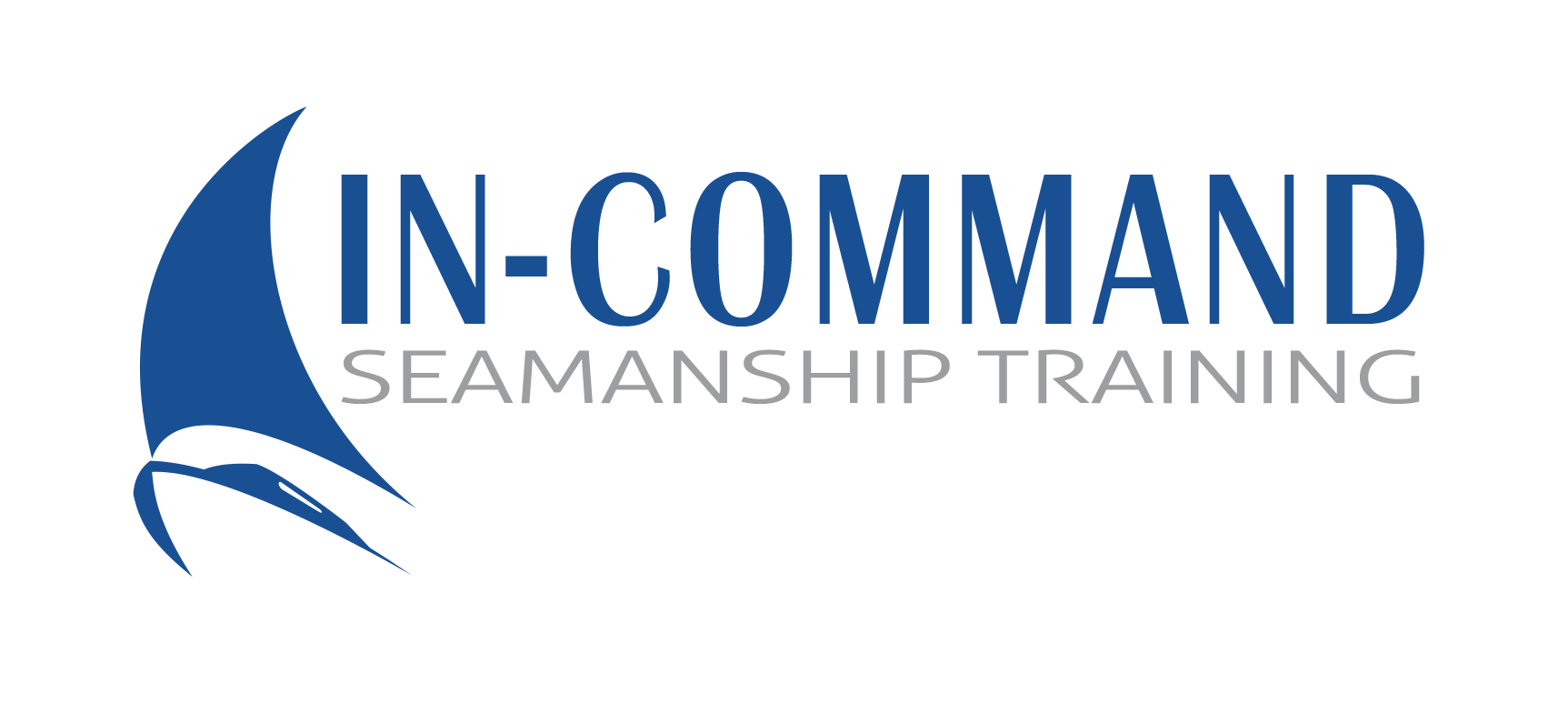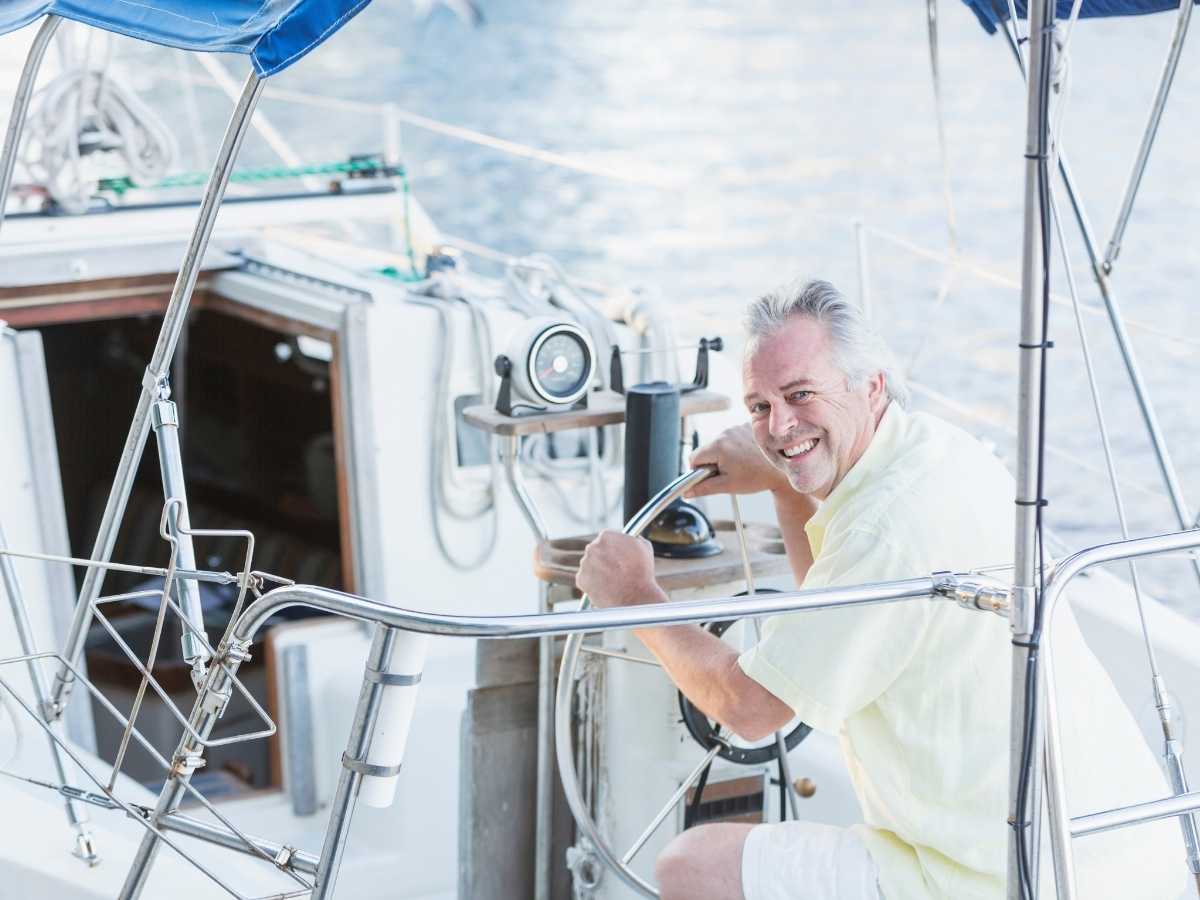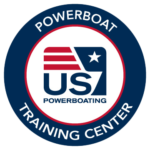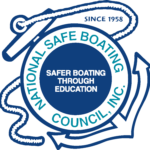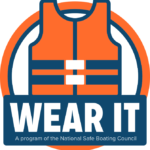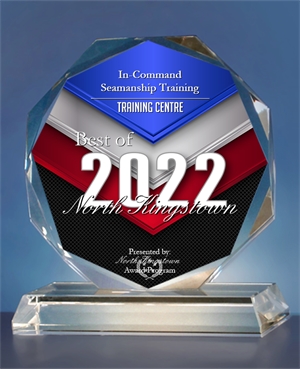Are you passionate about mastering the art of seamanship and taking command of your vessel? The path to obtaining your US Coast Guard Boat Captain’s License starts with the proper training.
In-Command Seamanship Training is designed to provide you with all the knowledge and skills necessary to navigate the waters safely and effectively.
Whether you aim to kickstart a career in marine transportation or enhance your boating abilities, this guide will cover everything you need to know.
In this post, we’ll break down the steps to get your US Coast Guard Boat Captain’s License, outline the requirements, and explore the benefits of In-Command Seamanship Training.
Discover how to steer your career and passion towards new horizons with confidence and authority.
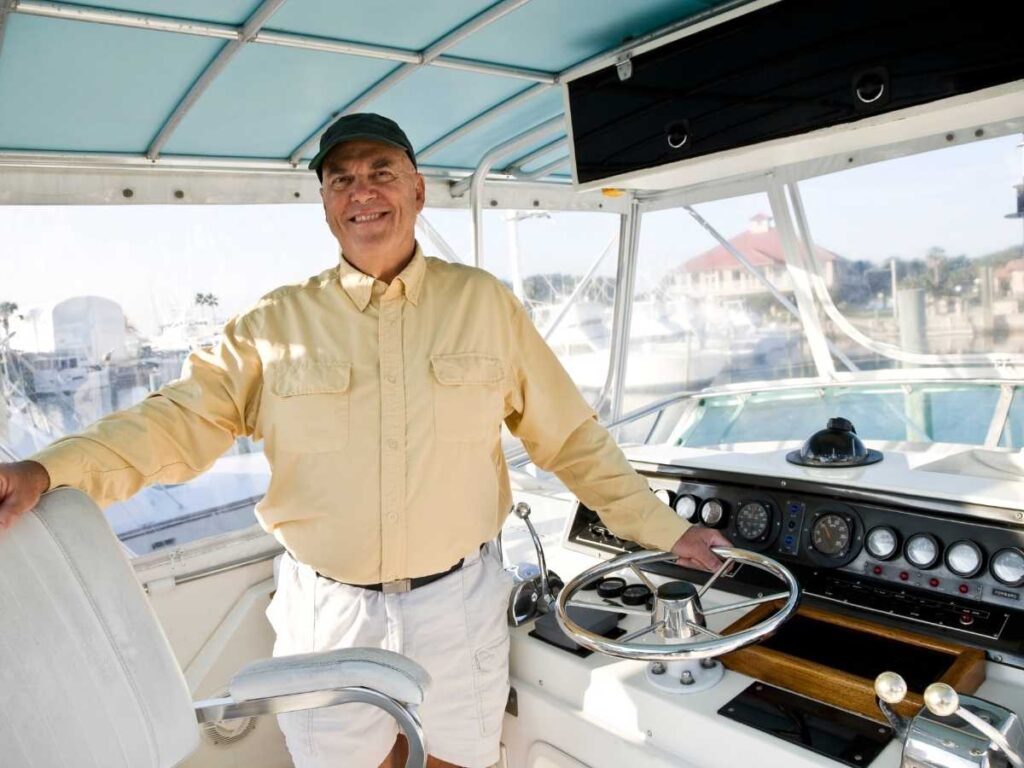
Understanding the US Coast Guard Boat Captain’s License
Are you ready to embark on a journey towards becoming a proficient boat captain with the prestigious US Coast Guard license?
Understanding the nuances of this license is crucial for aspiring seafarers looking to take their maritime skills to the next level.
Let’s explore the eligibility criteria and licensing process for obtaining the US Coast Guard Boat Captain’s License.
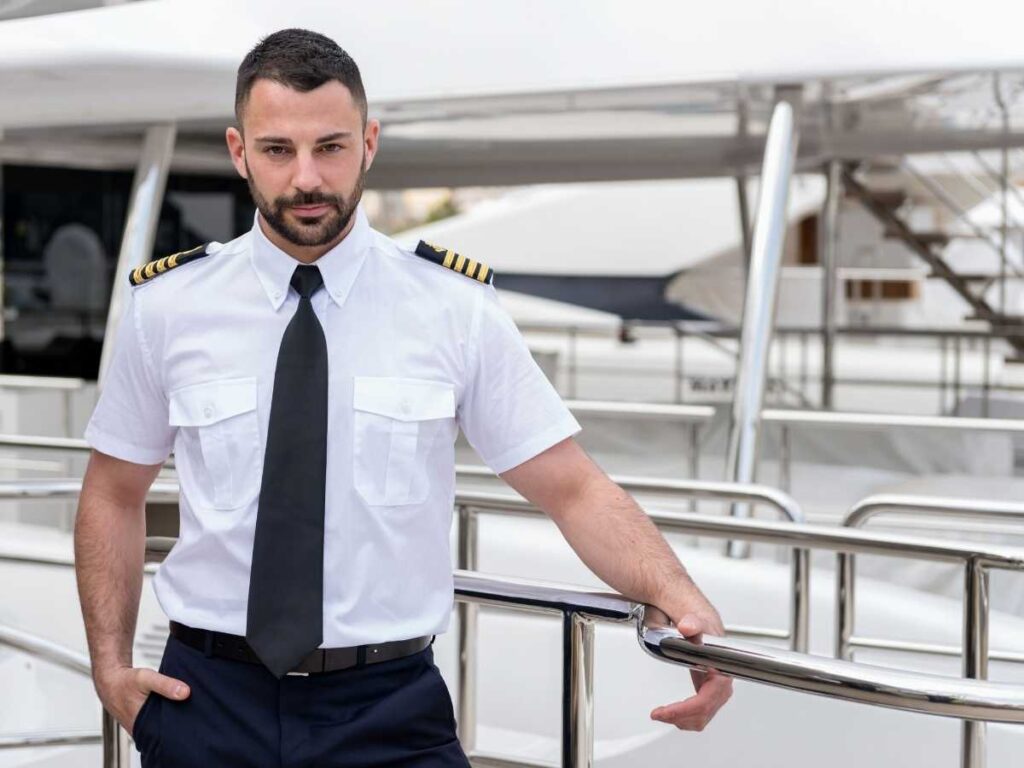
Eligibility Criteria
To qualify for a US Coast Guard Boat Captain’s License, candidates must meet specific prerequisites and demonstrate proficiency in various areas:
- Minimum Age: You must be at least 18 years old.
- Boating Safety Course: Completing a boating safety course approved by the Coast Guard.
- Medical and Physical Fitness: You must meet the medical and physical fitness standards the Coast Guard sets.
- Sea Time: Accumulate a certain amount of sea time. This varies depending on the type of license you are pursuing (e.g., Operator of Uninspected Passenger Vessels, Master 100 GT, etc.).
- Criminal Record: Maintain a clean criminal record.
- Compliance: Adhere to all Coast Guard regulations.
Meeting these criteria ensures that you have the foundational knowledge and physical capability to manage the responsibilities of a boat captain.
Licensing Process
The journey to obtaining a US Coast Guard Boat Captain’s License involves several steps:
- Application Submission: Begin by applying to the Coast Guard. This includes proof of eligibility, sea service experience, and a medical examination.
- Written Examinations: Pass written exams covering navigation rules, safety regulations, and seamanship.
- Practical Demonstrations: Demonstrate boating skills through practical evaluations.
- Final Evaluation: Undergo a final evaluation by Coast Guard officials.
Upon completing these steps, you will be awarded the US Coast Guard Boat Captain’s License, empowering you to command vessels in US waters.
For more detailed information regarding the US Coast Guard Boat Captain’s License, visit the USCG Official Website.

In-Command Seamanship Training for Your US Coast Guard Boat Captain’s License
Becoming a certified US Coast Guard boat captain is more than just about meeting the eligibility criteria and passing exams.
It involves mastering In-Command Seamanship Training, which equips you with the practical skills and knowledge essential for navigating the unpredictable waters with confidence and expertise.
Training Programs
To pursue a US Coast Guard Boat Captain’s License, you’ll find various comprehensive training programs designed to match your goals and experience levels.
These programs cover navigation, safety procedures, maritime laws, and vessel management.
Whether you’re new to boating or an experienced mariner, there’s a training option tailored to enhance your seamanship skills and prepare you for the challenges of commanding a vessel.
Master Upgrade – U.S. Coast Guard (Domestic)
The Master Upgrade course is a combined enrollment in the Operator of Uninspected Passenger Vessels (OUPV) course, plus the three-day Upgrade to Master 100 Gross Tons course. The total course hours are 104.
For your convenience, the program is offered in two formats:
- A 2-½ weekday course
- A twelve-week night schedule, meeting three evenings per week.
Topics Include:
- Coastal Navigation
- Navigation Rules
- Watchstanding
- Ship handling
- Maritime Law
- Pollution
- Marlinspike Seamanship and Safety
Required Materials:
- Plotting Tools (Dividers, Parallel Ruler, Triangles)
- Calculator (TI-30 or TI-36)
- Pencils and erasers
- Training Charts provided by NMI
Co-Requisites / Suggested Courses:
- First Aid/CPR
- FCC Exam
- Upgrade OUPV to Master 100 Tons (if you hold an OUPV license currently)
Licensing Requirements:
- TWIC Card
- Physical Exam & Drug Test
- Coast Guard Evaluation and Licensing Fees
For more information, visit the Master 100 Gross Tons Near Coastal U.S. Coast Guard Domestic 2023 page.
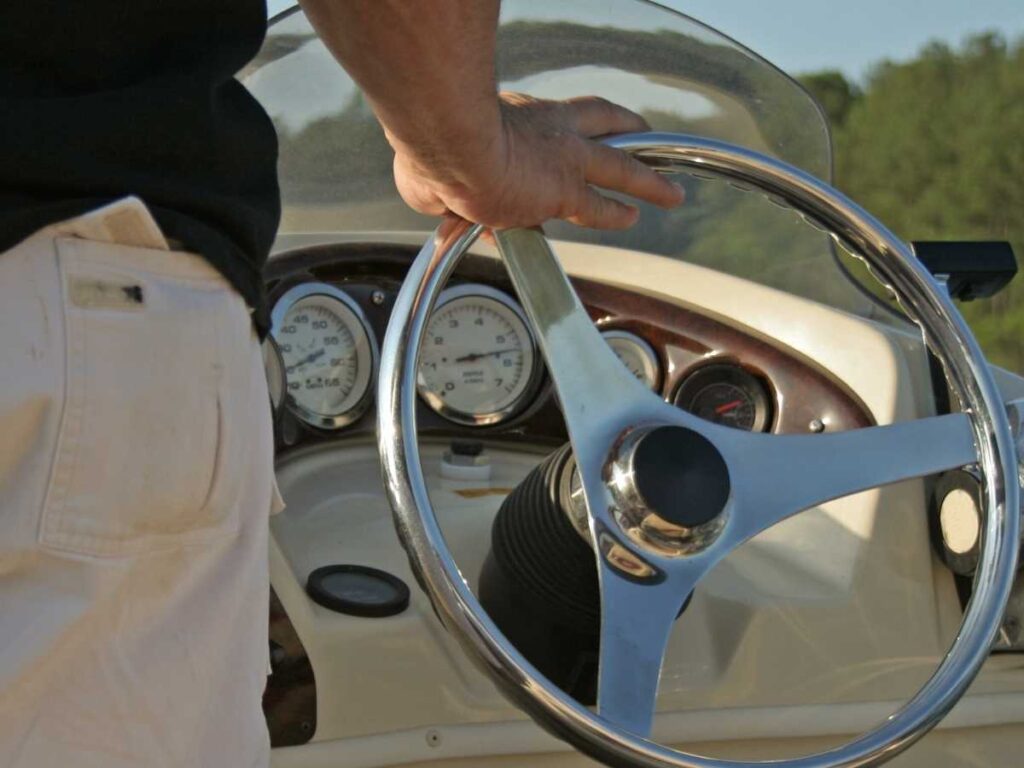
Hands-On Experience
Hands-on experience is a cornerstone of In-Command Seamanship Training. While theoretical knowledge lays the groundwork, practical training immerses you in real-world scenarios where you can apply what you’ve learned in a dynamic environment.
Whether maneuvering a vessel through challenging conditions, conducting safety drills, or responding to emergencies, practical training enhances your ability to navigate, communicate, and lead with precision and agility.

Navigation Skills Development
Central to In-Command Seamanship Training is developing navigation skills, a cornerstone of safe and efficient maritime operations.
Navigating coastal waters, understanding weather patterns, interpreting nautical charts, and using electronic navigation aids are crucial aspects of mastering seamanship.
Training programs focus on honing these skills through practical exercises, simulations, and immersive learning experiences.
By sharpening your navigation skills, you enhance your ability to plan routes, avoid hazards, and respond to changing conditions while at sea.
Proficient navigation ensures the smooth operation of your vessel, prevents accidents, and promotes adherence to maritime regulations.
Through dedicated practice and guidance, you gain the expertise needed to navigate confidently in diverse maritime environments.
For more insights on seamanship training, visit the National Maritime Center’s official website.
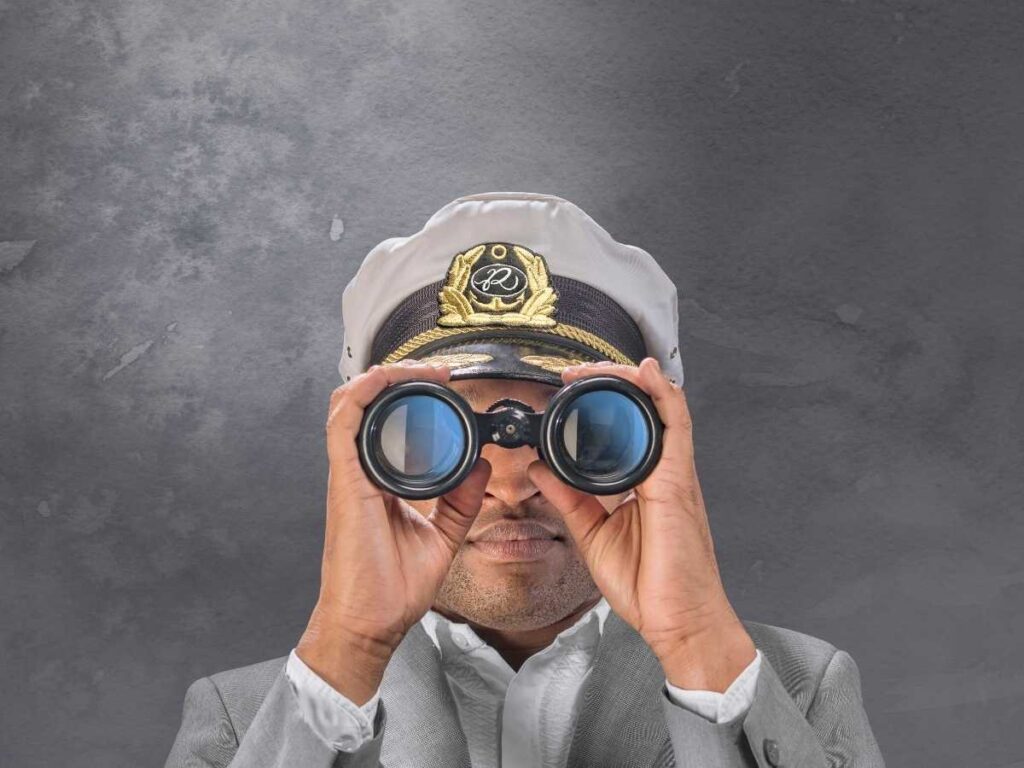
Benefits of In-Command Seamanship Training
Embarking on the journey of In-Command Seamanship Training offers numerous advantages that significantly enhance your maritime skills and career prospects.
Let’s explore the key benefits of undergoing this comprehensive training.
Career Opportunities
In-Command Seamanship Training can open up a world of career opportunities within the maritime industry.
By mastering essential skills in vessel navigation, safety protocols, and leadership, you unlock various roles, such as:
- Ship Captain: Command a vessel with confidence and authority.
- Maritime Pilot: Navigate large ships through challenging waters.
- Commercial Fisherman: Efficiently manage fishing operations.
- Marine Surveyor: Inspect and assess the condition of ships and their equipment.
These roles are just a few examples of what you can achieve with the proper training.
Specialized programs offer advanced navigation, emergency response, and decision-making skills, preparing you for the complexities of maritime operations.
This training expands your career horizons and paves the way for professional growth and advancement in diverse maritime sectors.
For more insights on maritime career paths, visit the In-Command Seamanship Training’s Blog.
Safety and Preparedness
Safety and preparedness are paramount when you’re out at sea, and In-Command Seamanship Training emphasizes these crucial aspects.
Here’s how:
- Emergency Response: Learn how to handle emergencies with calm and efficiency.
- Safety Protocols: Master procedures that ensure the safety of your crew and passengers.
- Risk Mitigation: Cultivate a proactive mindset to minimize maritime risks.
Trainees learn to navigate challenging conditions with composure and confidence through rigorous hands-on exercises and theoretical instruction.
This strong focus on safety protects lives and property and builds a sense of reliability and trust among everyone on board.
You foster a safety-oriented culture that prioritizes situational awareness and proactive decision-making by honing your seamanship skills.
For more information on the importance of safety in seamanship, visit the National Maritime Center.
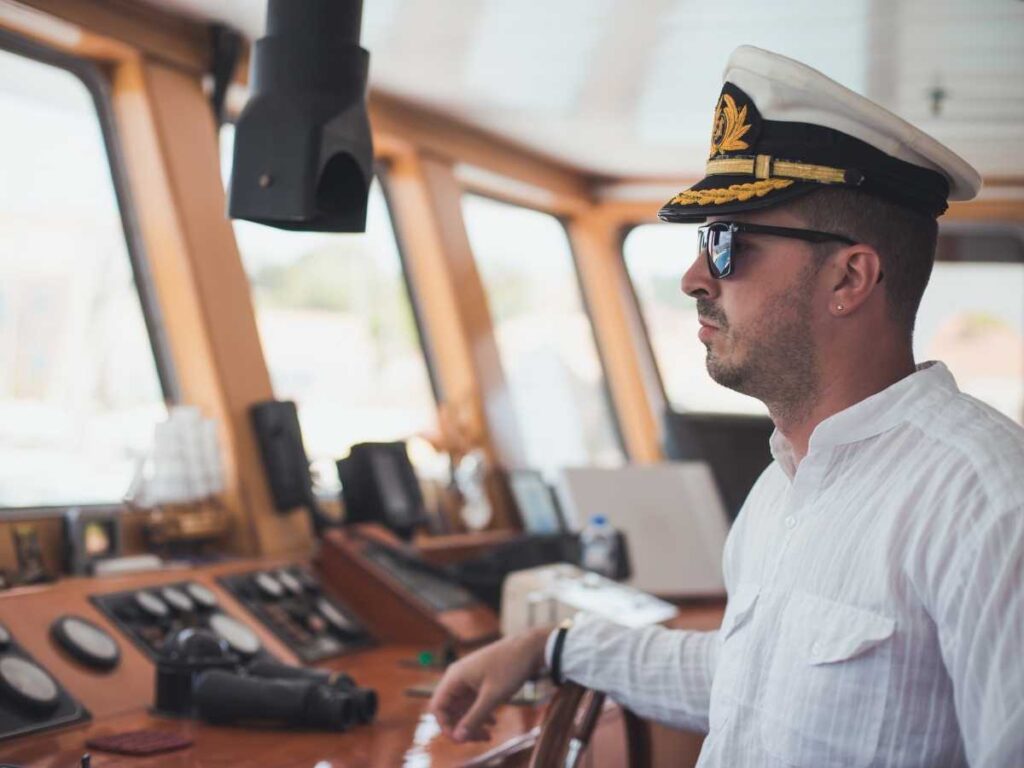
Significance of US Coast Guard Boat Captain’s License
The US Coast Guard Boat Captain’s License represents a hallmark of proficiency and capability in maritime leadership.
By meeting the rigorous eligibility criteria and successfully navigating the licensing process, you demonstrate your readiness to take on the responsibilities of a boat captain with professionalism and diligence.
This license is not merely a piece of paper; it signifies your dedication to upholding safety standards, adhering to regulations, and honing your navigation skills to ensure your crew’s and passengers’ well-being.
With the US Coast Guard Boat Captain’s License in hand, you command vessels with confidence and authority, instilling trust and security in those under your care.
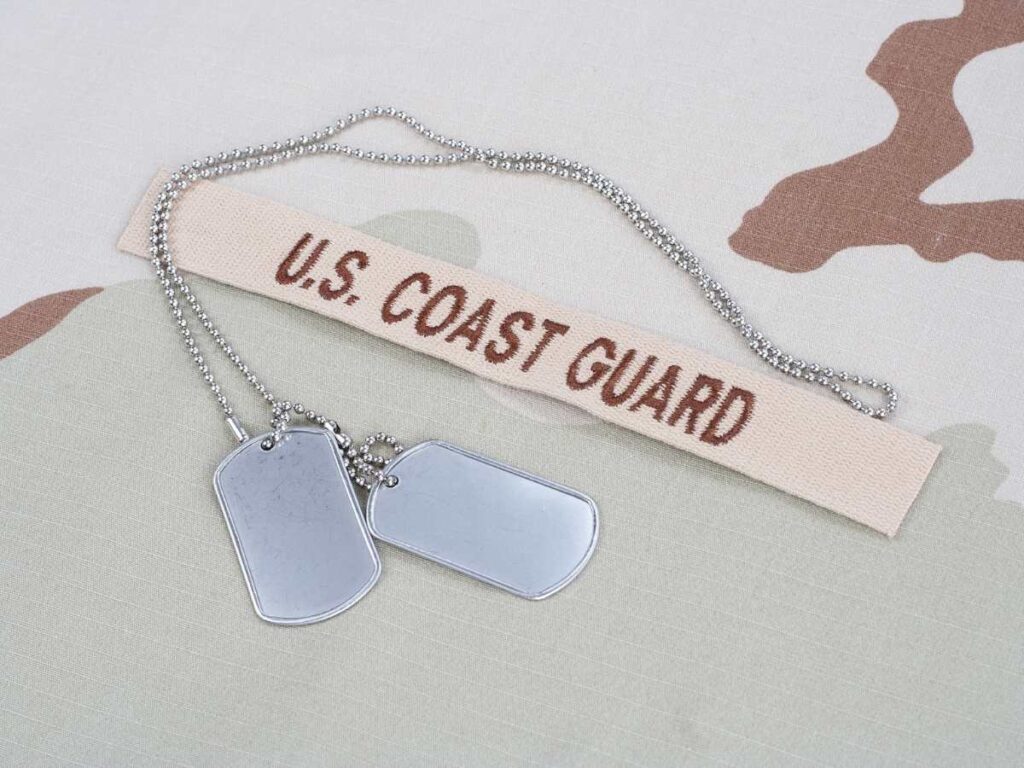
Value of In-Command Seamanship Training
In-Command Seamanship Training goes beyond acquiring theoretical knowledge; it immerses you in real-world scenarios where you apply your skills under varying conditions.
This hands-on training sharpens your decision-making abilities, enhances your leadership qualities, and fosters a culture of safety and preparedness on board.
By participating in comprehensive training programs, you meet the US Coast Guard Boat Captain’s License requirements and equip yourself with the practical expertise to navigate the waters adeptly.
From mastering navigation skills to honing emergency response techniques, In-Command Seamanship Training prepares you to face the challenges of maritime operations with resilience and proficiency.
Embrace the journey towards obtaining your US Coast Guard Boat Captain’s License and engaging in In-Command Seamanship Training.
These endeavors will shape your maritime industry career and cultivate a strong foundation of knowledge, skills, and values that propel you toward success on the open seas.

Ready to Take the Next Step in Your Maritime Training?
Contact In-Command Seamanship Training today and start your journey toward becoming a certified US Coast Guard boat captain!
